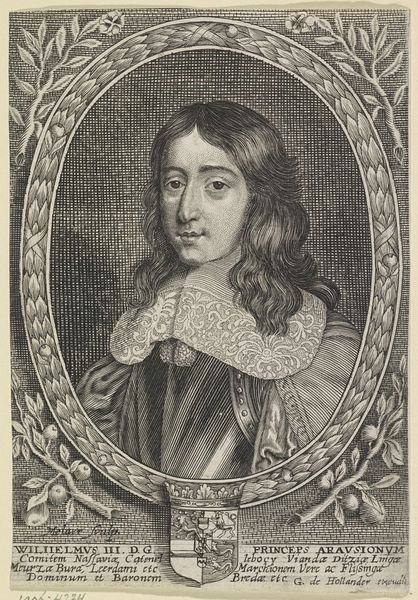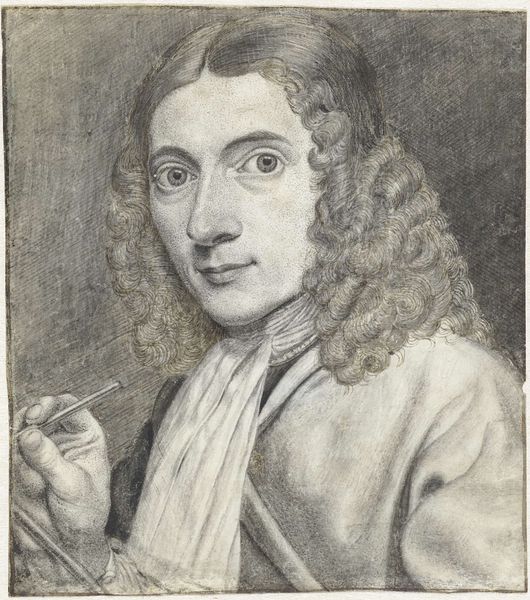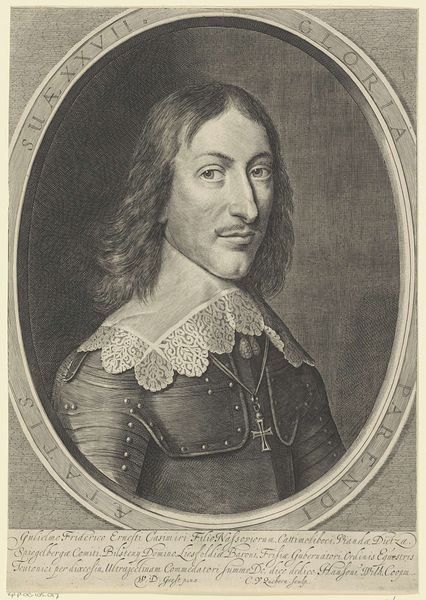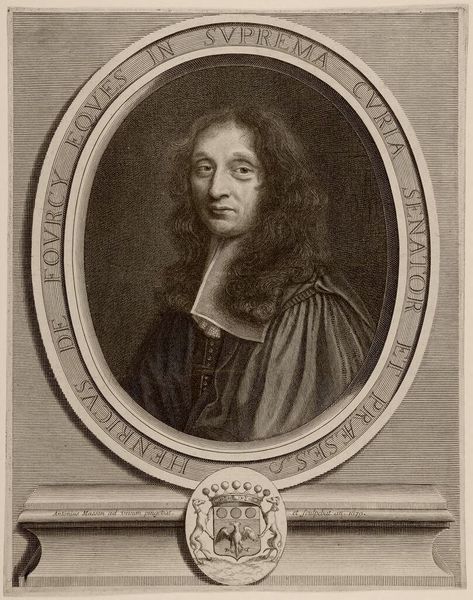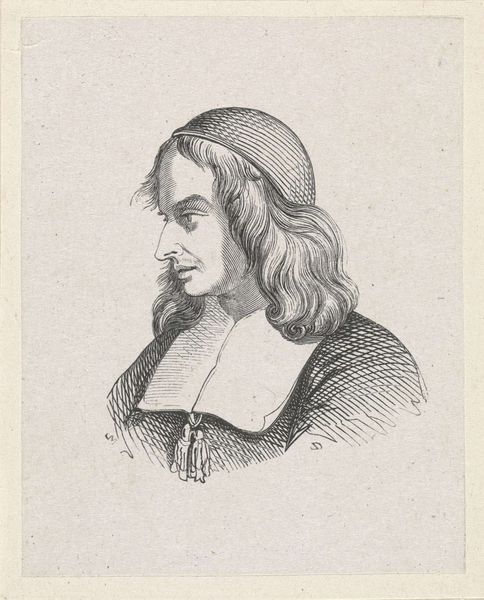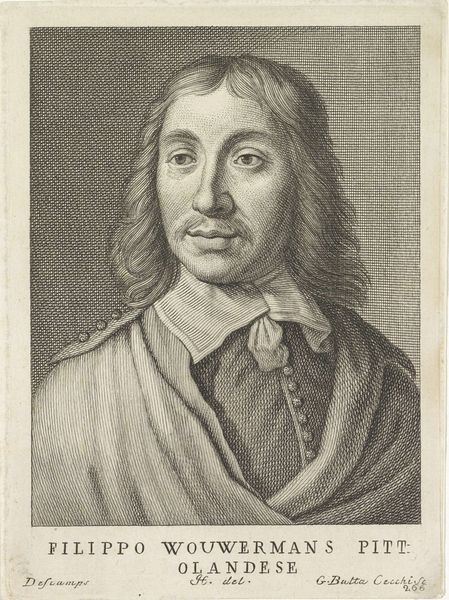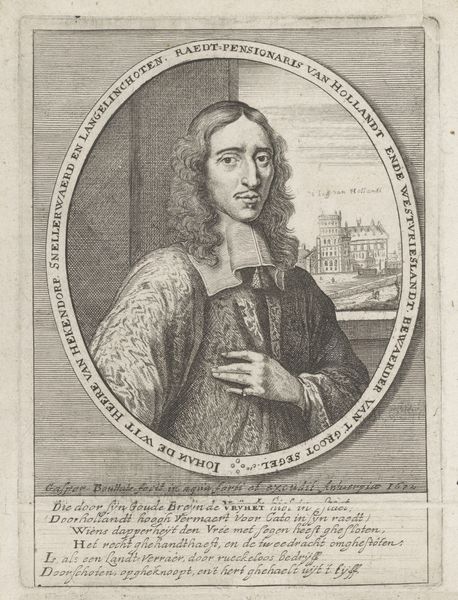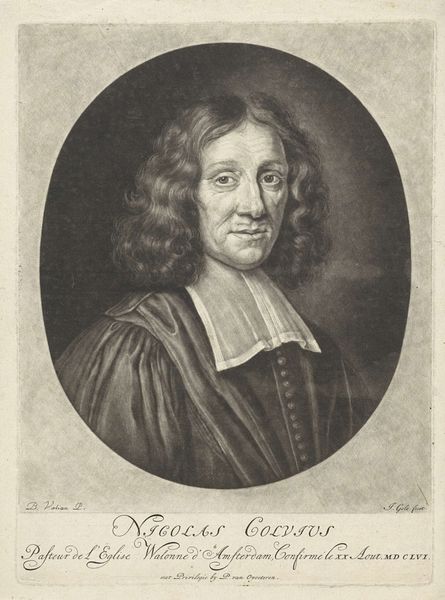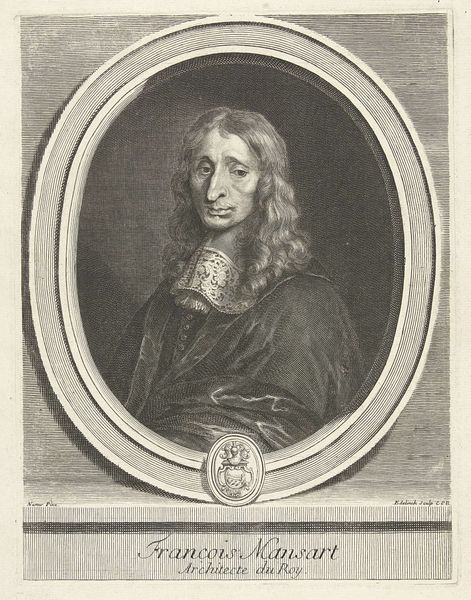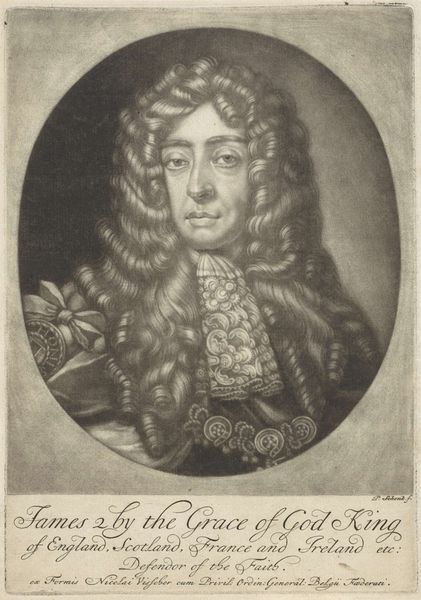
engraving
#
baroque
#
line
#
history-painting
#
engraving
Dimensions: height 152 mm, width 87 mm
Copyright: Rijks Museum: Open Domain
Editor: This is "Portret van Caspar van Kinschot" by Wenceslaus Hollar, created around 1650. It’s an engraving. It feels very formal, very much of its time. I’m curious, looking at this piece, what catches your attention? Curator: Well, as a materialist, I'm drawn to the engraving process itself. Think about the labour involved in creating this image. The precise tooling required, the repetition of line... It speaks volumes about the social and economic context of art production in the 17th century. This wasn’t a fleeting impression; it was a manufactured likeness. Who controlled that process, and who benefitted? Editor: That's fascinating. I was more focused on the figure of Caspar van Kinschot, and trying to imagine his life, his world. Curator: But you can't separate Kinschot from the image itself. His status, his wealth allowed this engraving to exist. Consider the purpose: it's not just a portrait, it’s a form of social currency. Distributing these prints would solidify Kinschot's position within his network. We need to ask, what was the relationship between artist and sitter and their broader community. Editor: So you are saying this print is not really about capturing his personality? Curator: Partly, perhaps. But primarily it’s about reinforcing social hierarchies and economic power. The very act of commissioning such a piece demonstrates access and influence. The paper itself, the ink, the tools - these were commodities shaped by their social usage. Editor: I hadn’t considered all those layers of production and what they might imply. I tend to look at the subject of the work and what they may represent. It changes the way I look at art of this era. Curator: Exactly. By shifting our focus to materials and means of production, we can see art less as an isolated creation and more as embedded in its material circumstances.
Comments
No comments
Be the first to comment and join the conversation on the ultimate creative platform.

